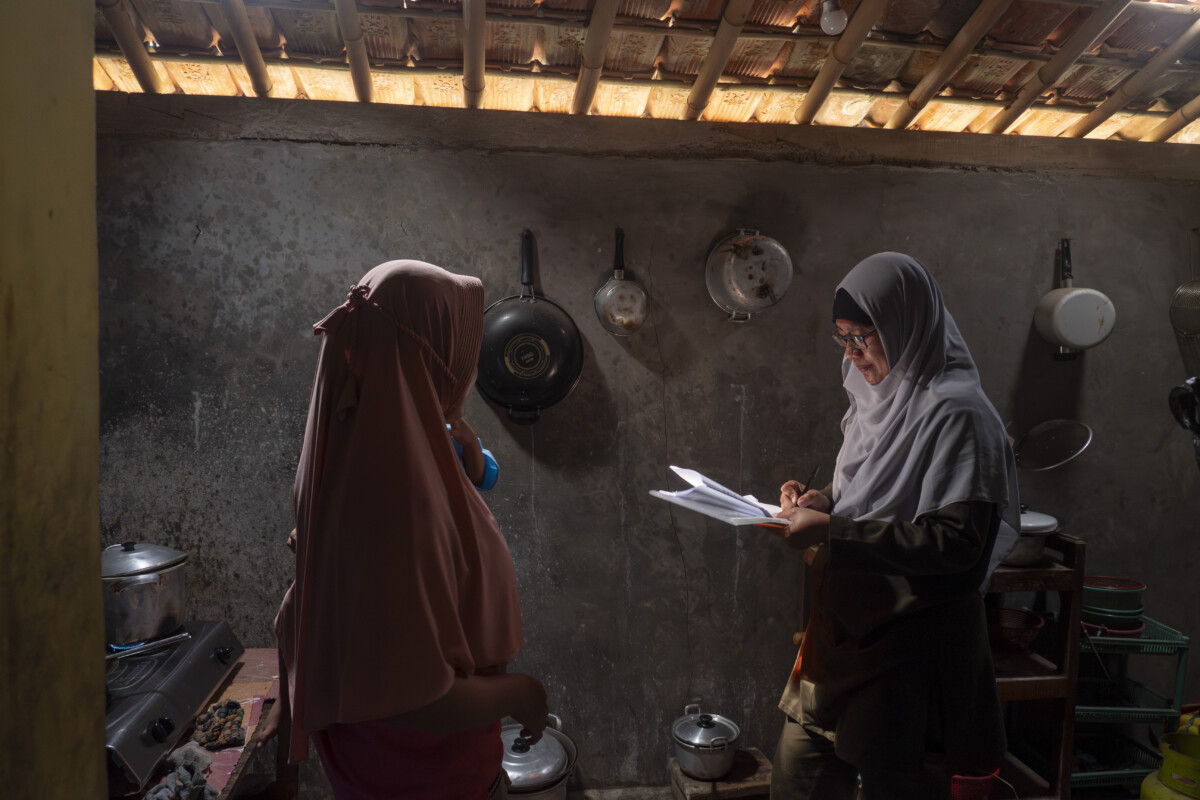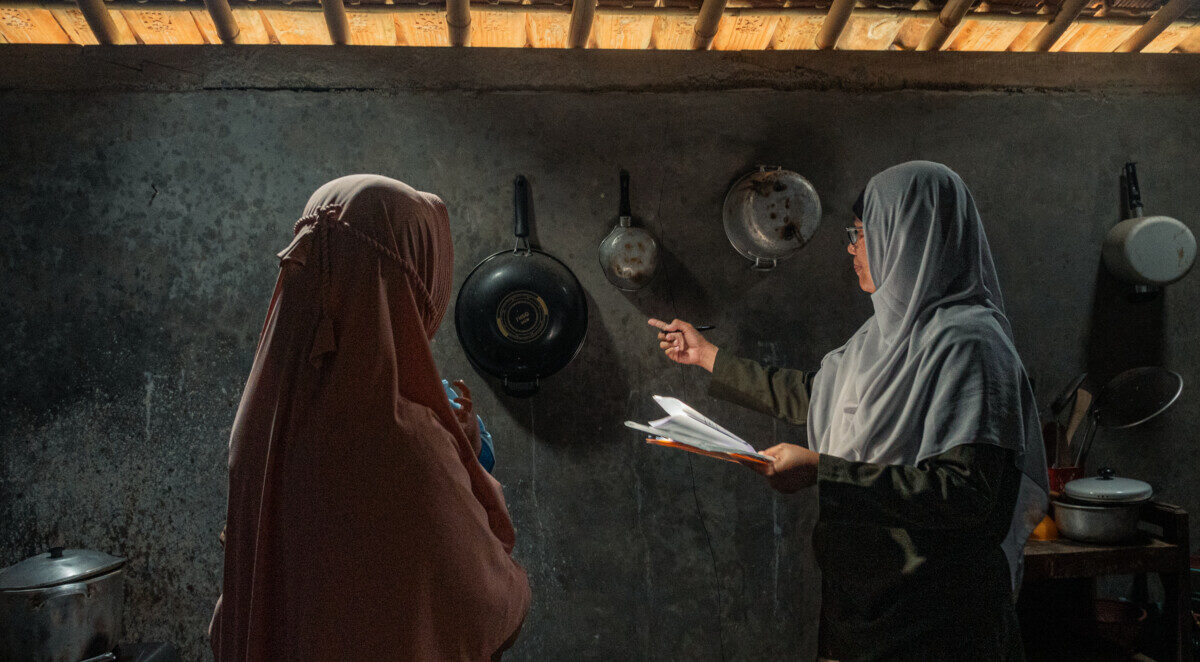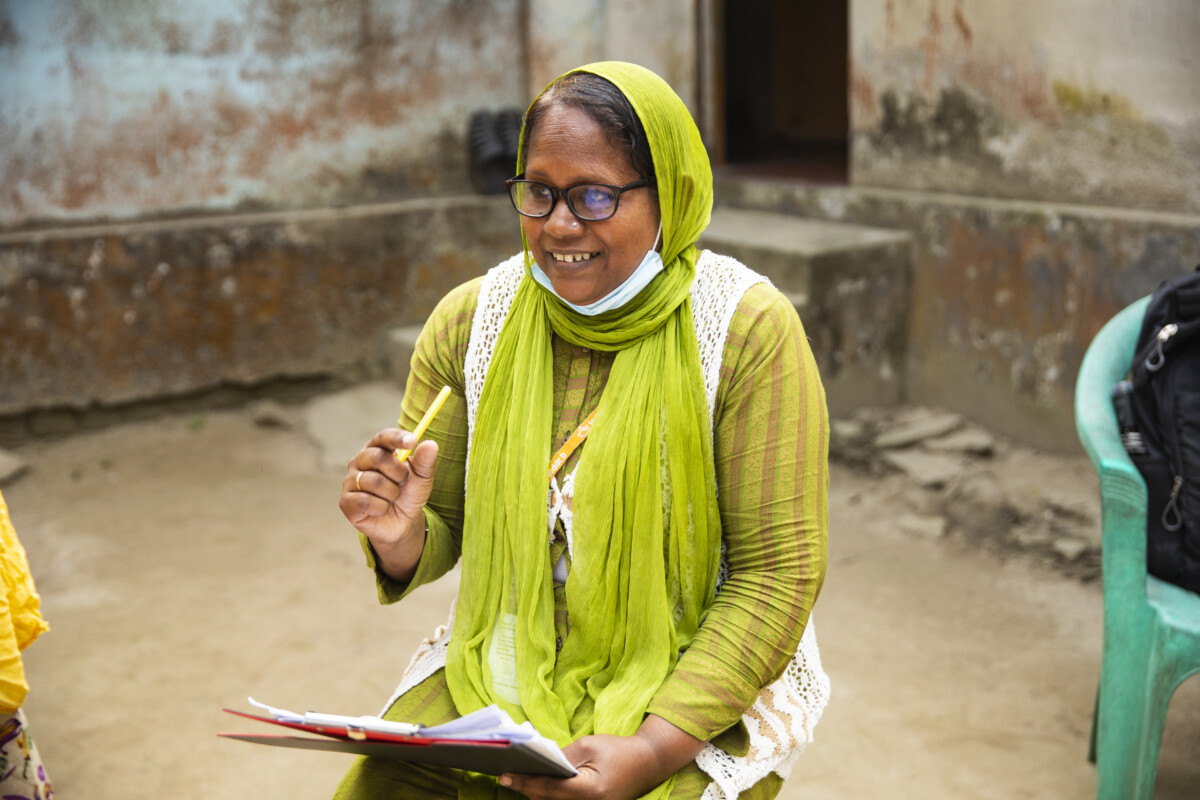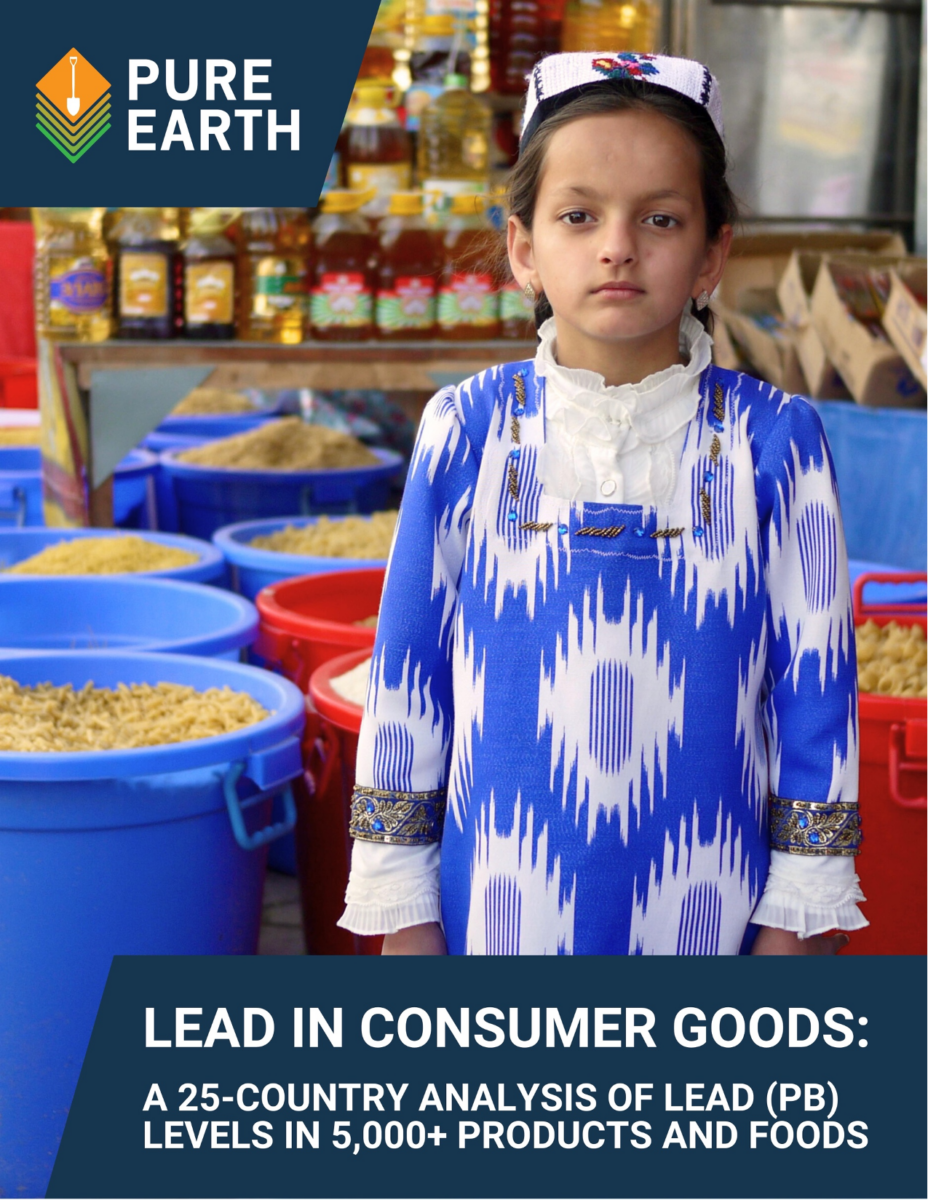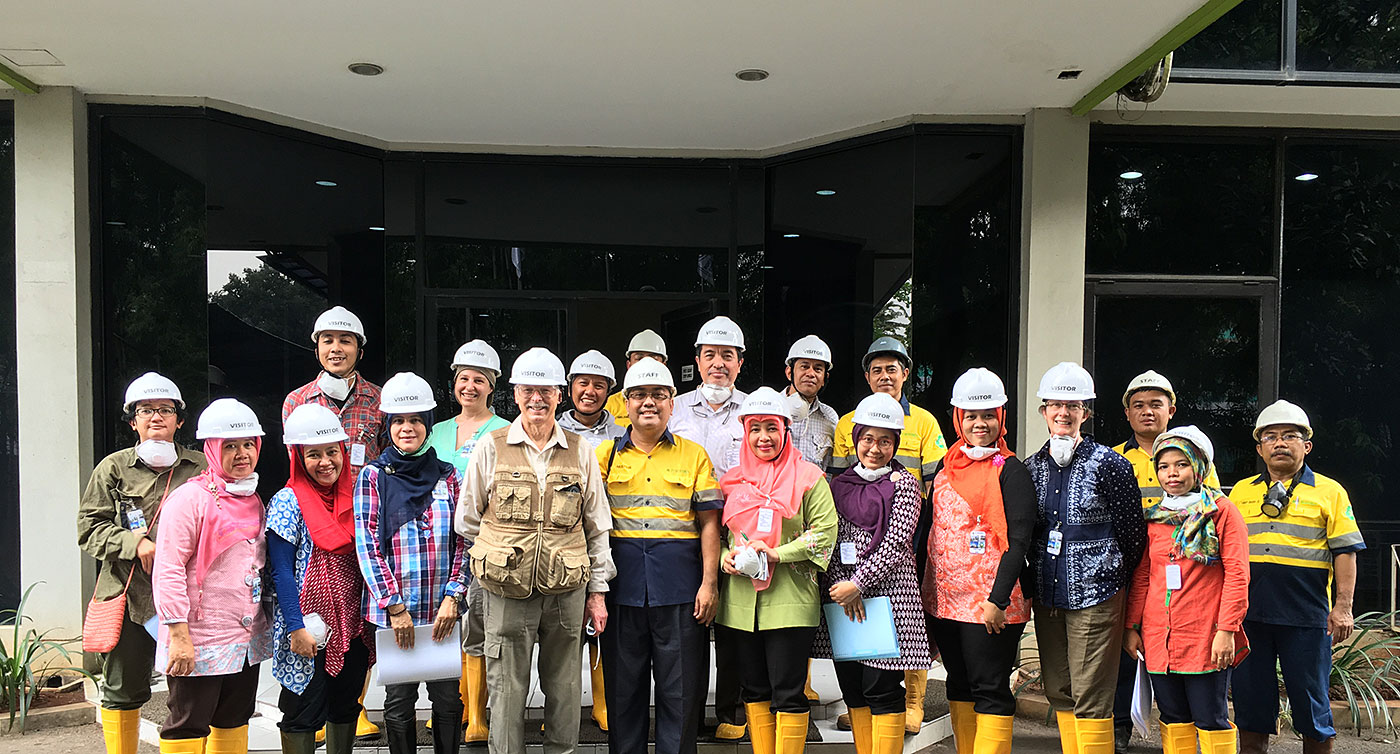Exposure Source Analysis is Key to Pure Earth’s 5-Phase Approach to Solving Lead Poisoning
About Exposure Source Analysis
Pure Earth conducts research and investigations in order to identify the top sources of lead exposure in lead-poisoned communities, countries, and regions.
To achieve this, Pure Earth assesses toxic sites through the Toxic Site Identification Program, analyzes lead contamination in consumer products, and investigates likely sources of lead exposure in homes where people have elevated lead levels to determine the most significant sources of exposure.
Global Study of Lead in Consumer Products
Rapid Market Screening to assess lead concentrations in consumer products across 25 low- and middle-income countries (published in Scientific Reports in 2024) is a novel, wide-reaching assessment of lead contamination as part of the Rapid Market Screening (RMS) program.
While prior studies have identified lead contamination in a variety of consumer goods, the geographic variations in lead exposure sources have been poorly understood. This assessment improves our understanding of which products are more likely to be contaminated, and how contamination levels vary across a diverse set of low- and middle-income countries.
Across the 5,000+ samples collected in 25 countries, 18% were lead contaminated at levels that exceed relevant reference levels.
Metallic and ceramic foodware, paints, toys, and cosmetics contained the highest levels of lead.
Investigating Homes for Lead Exposure Sources
Pure Earth’s global teams conduct Home-Based Assessments (HBAs) with investigators to follow up on children who test with elevated blood lead levels, visiting their homes to search for potential sources of lead. The findings allow our staff and partners to provide tailored recommendations for exposure risk reduction for individual children, their families and communities.
Toxic Sites Identification Program
The Toxic Sites Identification Program (TSIP) is the largest global database of sites contaminated with toxic chemicals. The TSIP aims to locate, assess and document contaminated sites in low- and middle-income countries, and stores this data in a publicly available database that provides decision-makers with information that is otherwise unavailable through national programs. To date, TSIP has identified nearly 5000 toxic sites in over 50 countries.

